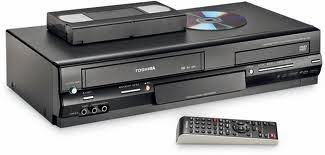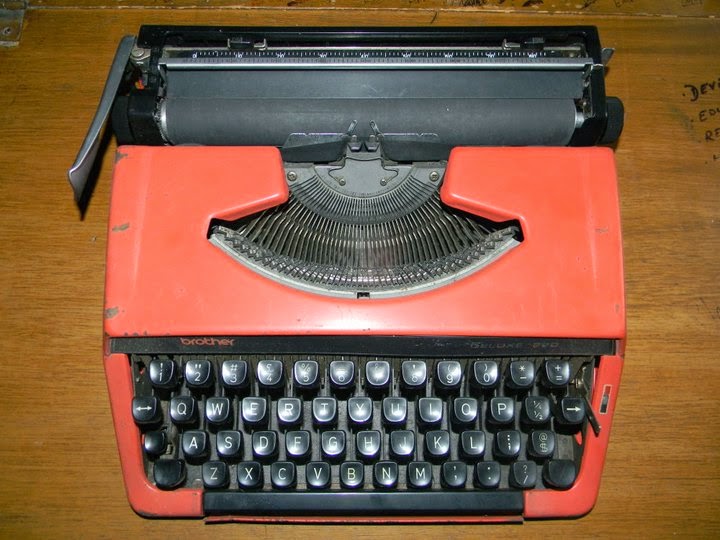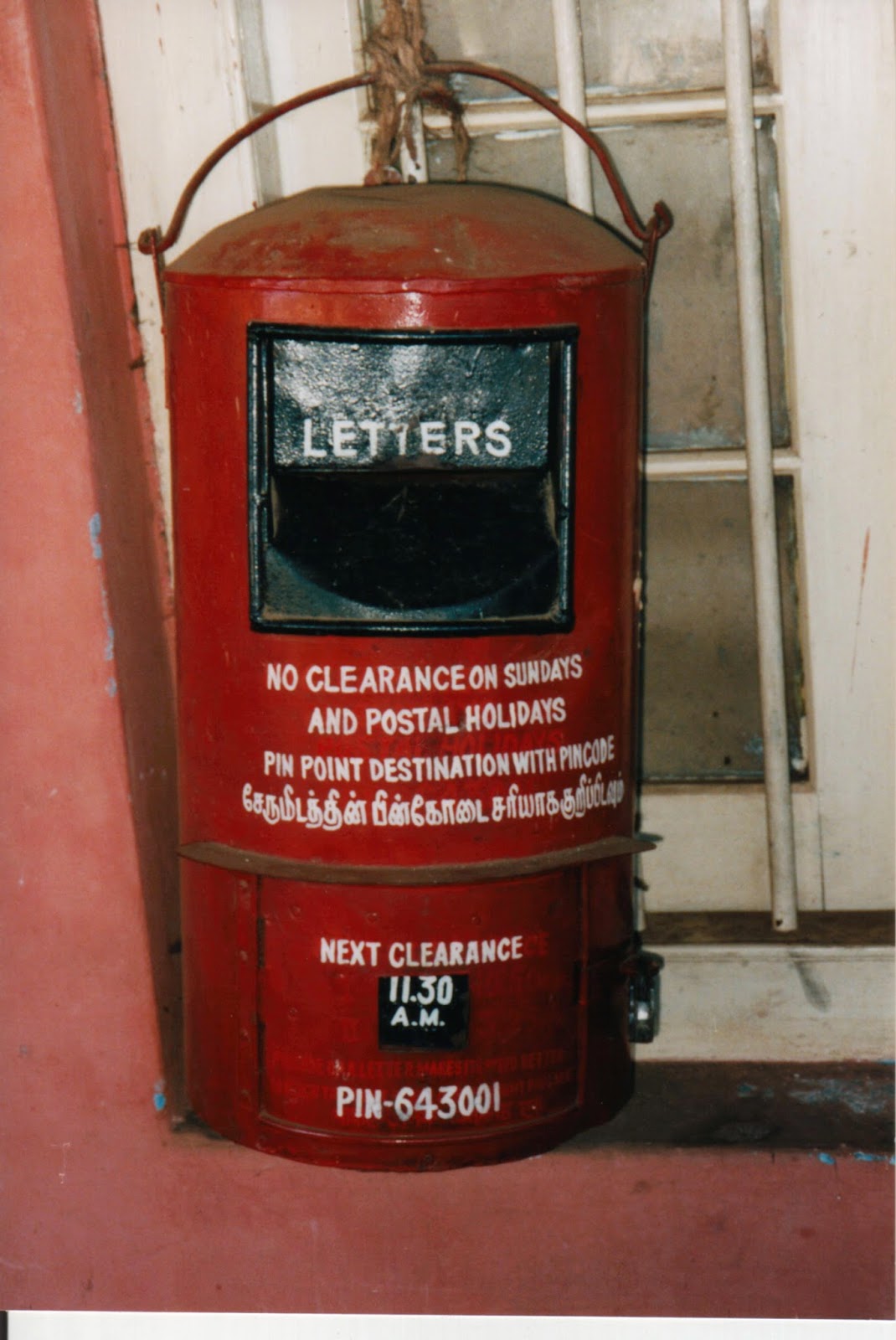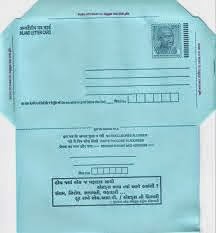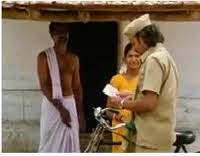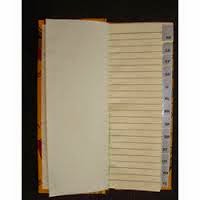On Saturday, 21st June the stifling heat battering Delhi this summer forced us to stay home instead of going out for a customary lunch or dinner to celebrate our 26th marriage anniversary.
Thankfully, the electricity board was benevolent with no power cuts to speak of through the day. A leisurely morning reading the newspapers and mails more thoroughly than usual; a sumptuous breakfast and then the entire day lay ahead with no particular task on hand.
For a quarter century, except in 1999 when I was in Kargil reporting the India-Pakistan conflict, the unwritten rule for this day has been to avoid professional work. So no writing, no phone calls and no talking shop.
The next best alternative was to riffle through old notebooks, papers and photo albums. As we sat reminiscing about early years of our marriage and the usual ups and downs I am sure all couples endure in life, it dawned on us how many things have almost gone out of our lives.
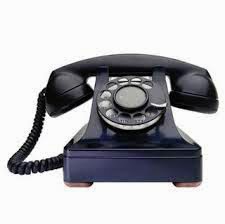 Here are 10 things that have more or less disappeared from our lives. At least this is what me and wife Neha could agree upon. There could be more, of course.
Here are 10 things that have more or less disappeared from our lives. At least this is what me and wife Neha could agree upon. There could be more, of course.1. Landlines or fixed line phones.
In an average family of 4, there are at least five if not more mobile phones these days. I remember using an MP’s quota to obtain my first landline phone in 1988. Today, mobile connections have outnumbered landline connections in the country, if I am not mistaken.
2. VCR (Video Cassette Recorders) and VCP (Video Cassette Players).
Along with VHS cassettes of marriage and birthday functions. Now, one has an option of watching any video recording on a laptop, a tablet or a smart phone.
3. Typewriters.
They were everywhere. The bulky Godrej and Remington brands in offices, portable Brother and Olivetti ones with individuals who could afford them.
4. The carbon paper.
Most essential in sarkari offices and some times even at home to make copies in triplicate for every little application you made, be it for building a house, obtaining an air ticket from the chief minister’s quota (yes, we had to do that when there used to be ONE Indian Airlines daily flight to Delhi from Guwahati) or simply to obtain a driving license.
5. The camera with a film.
With digital technology taking over our lives, the Rolleiflex cameras with 12 or 24 exposures in black and white no longer limit our choices to click photographs. Now everyone–armed with smart phones and miniaturised digital cameras–no longer have to worry about running out of film!
6. The ‘hold-all’, that canvass-leather contraption we carried in our journeys.
To stuff a light mattress, a pillow and a bedsheets besides everything else that didn’t fit into the steel trunk every time we travelled long distance on a trains that barely had one air conditioned bogey! It was our bed roll-cum-carry-all bag which has no modern equivalent or may be has metamorphosed into the rucksack!
On which you wrote handwritten notes to your parents/wife/girlfriend/friend, folded them neatly and send them down the small slot on a funny looking red post box which had an inscription: Clearance at 10 am and 4 pm!
8. Money orders, telegrams and the man who brought them to you, the Postman.
The most awaited person at the beginning of the month, if you were residing in a hostel. He would bring in those precious 200 rupees sent by your hardworking parents. The inevitable 5 rupees you had to part with as a tip. The telegram was not routine. It was reserved for receiving a job offer, announcement of death and many a times birth or for the most common purpose: Providing information. Most commonly used term being: ‘Arrived safely.’ Now the postman still brings registered post letters and occasionally the passport but most of the time we depend upon the courier, even if it is costly and unreliable.
9. The STD/ISD PCO:
 Not to be confused with the disease. The ubiquitous PCO or Public Call Offices that used to dot every pavement and alleys and allowed you to make long distance calls. Inevitably a small, narrow cabin that could fit in just a telephone on a table, the person manning the booth and the caller. A third person had to squeeze in, if needed. In small towns and villages, you might see them even now but in urban centres they have invariably transformed themselves into photo-copying and lamination shops.
Not to be confused with the disease. The ubiquitous PCO or Public Call Offices that used to dot every pavement and alleys and allowed you to make long distance calls. Inevitably a small, narrow cabin that could fit in just a telephone on a table, the person manning the booth and the caller. A third person had to squeeze in, if needed. In small towns and villages, you might see them even now but in urban centres they have invariably transformed themselves into photo-copying and lamination shops.10. The telephone index diary:
With smart phones able to store an humongous amount of data, very few feel the need to note down telephone numbers in a specially designed diary. There was a time when one knew by heart at least 50-odd essential numbers. Today, I count myself lucky if I can still remember my wife’s mobile number! Health warning: data on smart phone can disappear in a jiffy. In a notebook/diary it stays forever unless stolen or misplaced so like many of my generation do, do keep a hard copy back up! You will never regret it.

